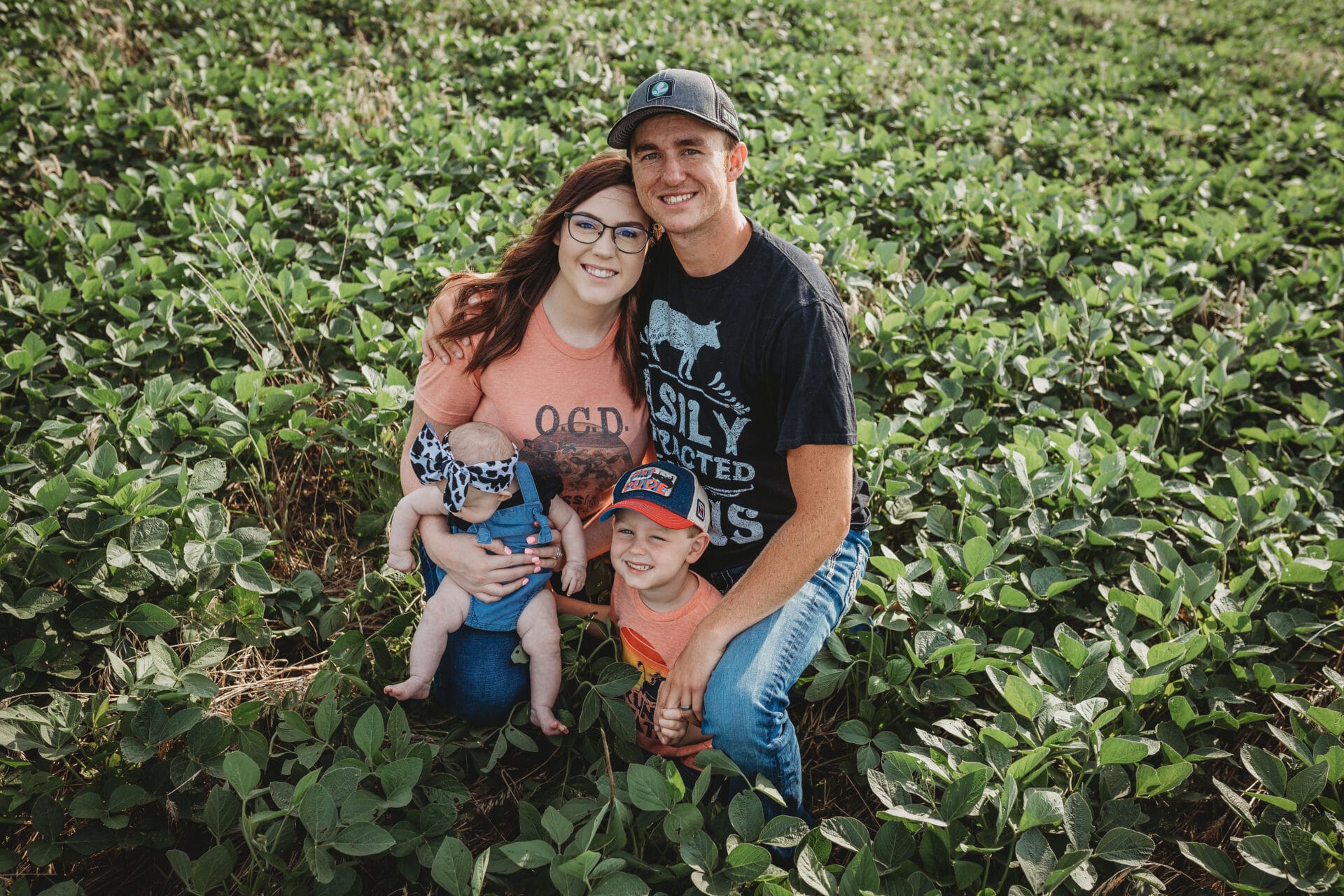Macauley Kincaid is a 25-year-old farmer with a simple goal: “We want to make it. We want to be successful,” he says.
Married with two young children, Macauley believes the best way to be successful is to embrace soil health-focused, regenerative agricultural principles on his 440-acre, southwest Missouri farming operation. Thanks to his recent Soil Health Academy experience, as well as his disciplined, daily commitment to self-education, he’s already seeing a difference on the land and in his farm’s profitability.
For example, Macauley says that he would normally apply fungicides at two different times during his wheat crop’s growing season. This year he cut that to just one fungicide, applied later in the season, used two passes of sugar with micronutrients instead of using any insecticides and used no herbicides. In addition, Macualey significantly reduced his use of synthetic fertilizer.
“Those acres scaled at 90.78/bushel and were my most profitable,” he says.
Macauley credits his Soil Health Academy instructors with providing the foundation for his regenerative farming transition.
“Gabe Brown taught me the principles and how to make them work. Russell Hedrick taught me important details about the practices. And Ray Archuleta taught me how to look at and understand the soil ecosystem and indicators of soil health,” he says.
Macauley says his soil health and regenerative ag education is on-going and will be the key to his farm family’s success, especially as he looks to incorporate more animals into his operation.
“I read. I watch videos—anything I can do to better my education, I’m doing on a daily basis,” Macauley says. “That takes away time from my family, but my wife is so supportive of me. The Soil Health Academy instructors can give you the principles,” he says “but you have to make them work in your own operation. You have to make them your own.”
“This is a picture of my family in one of our soybean fields. This field has no fertilizers, fungicides, or pesticides on it. We let annual weeds grow very large, and then we planted our soybeans into a big biomass of annual ryegrass, foxtail, vetch, Johnson grass, and pigweeds on June 12th at 150,000 seeds per acres. With the Regenerative Mindset we actually encourage weeds during our rotation, in between our cash crops. The way I look at it, it’s ‘nature’s free cover crop.’”
~Macauley Kincaid

